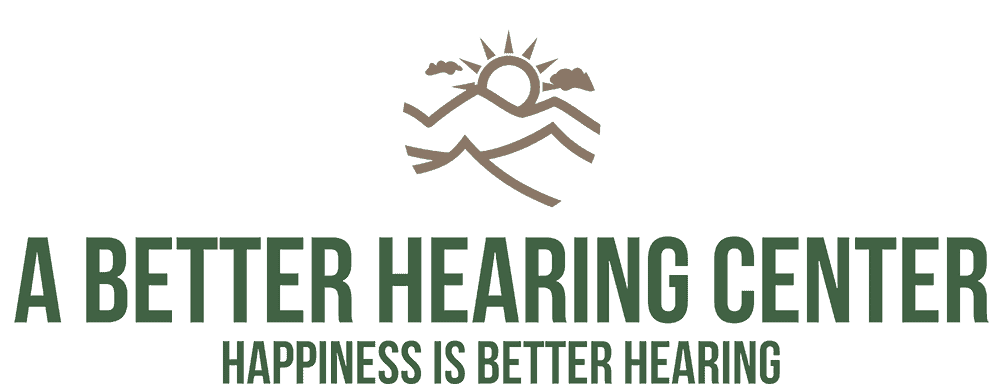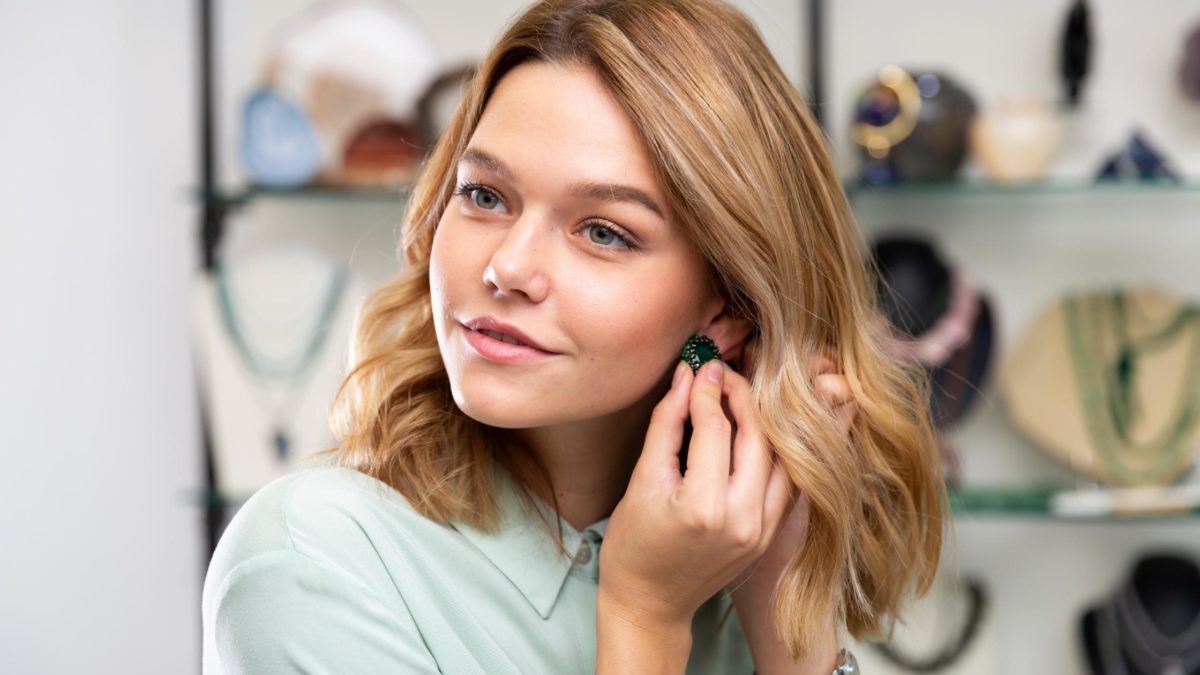Has anyone ever asked you to speak into their “good ear”? If so, that person may well have had single-sided hearing loss. The most common forms of hearing loss occur in both ears at once. For instance, if you are exposed to noise in the workplace or through leisure activities, you are likely to have noise exposure in both ears. However, some cases of hearing loss occur in only one ear. The other ear might be relatively untouched by the instance of hearing loss. In the extreme case, this condition is referred to as unilateral hearing loss, meaning that only one ear has any loss of ability. More commonly, one ear might have better hearing ability than the other, which is referred to as asymmetrical hearing loss. Some people who have asymmetrical hearing loss think that they only have a problem with one ear. They might even be tempted to use just one hearing aid rather than two. Let’s take a closer look at single-sided hearing loss, as well as the benefits of using two hearing aids rather than one. Ultimately, a hearing test will be necessary to diagnose your comparative ability between the two sides of the head, as well as to determine what kind of assistance is suited to your individual needs.
How common is single-sided hearing loss?
As you can see, there are some different varieties of single-sided hearing loss. At the most extreme, some people are fully deaf in one ear. This condition is referred to as unilateral deafness, and it occurs in 0.1 to 0.15 percent of the population. A more common condition is unilateral hearing loss. Although these people do not have total deafness in one ear, they only have hearing loss in one of the two ears. A recent study found that about 5.2 percent of Americans have unilateral hearing loss, amounting to around 13 million people. Much more commonly a person will have a difference between the two ears when it comes to hearing loss. Although they have hearing loss in both ears, one might be worse than the other. This condition of asymmetrical hearing loss can be mistaken for unilateral hearing loss when a person self-diagnoses their own condition.
How should you treat single-sided hearing loss?
You might think that only one hearing aid is needed for a person who has single-sided hearing loss, but most experts recommend wearing two hearing aids rather than one. Why would two hearing aids be necessary? In the first case, many people mistakenly think that their “good ear” has no problems at all. Although one ear might be better than the other, it is quite common to have some issues with both ears. The “good ear” only appears to have full hearing ability in comparison with the other ear that has more serious hearing loss. Wearing two hearing aids has other benefits, as well. Our ears have a remarkable ability to construct a sense of space and distance through the use of two sides of the head at once. This stereo effect constructs a sense of space by estimating the relative difference in volume between the two ears and interpreting that difference as a difference of location. We don’t consciously make these calculations, of course, but our minds are incredibly equipped to compare volumes as if they are coming from two different distances in space. When we wear two hearing aids, we can achieve this stereo effect and feel a true sense of location in the world. Other benefits of wearing two hearing aids have to do with sound quality, locating moving objects, and experiencing sonic immersion.
If you are concerned about the difference in hearing ability between your two ears, the first step is to get a hearing test. This diagnosis will compare your hearing ability between the two ears to determine if you have asymmetrical or unilateral hearing loss. If so, our hearing health professionals can recommend the right hearing aids to meet your individual needs. Don’t hesitate to give us a call to schedule your appointment. Once we understand your hearing ability, we can give you the tools you need to communicate and hear a balanced sound in the world once again.

